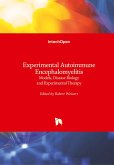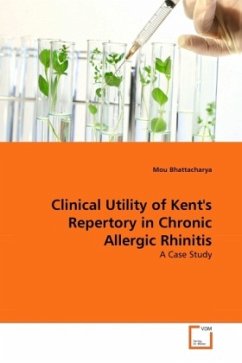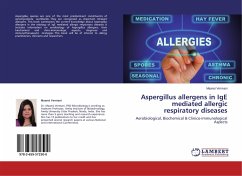The pathology of multiple sclerosis and EAE has shown converging evidence of the oxidative stress causing perivascular mononuclear infiltrate causing demyelination. The phase 2 enzymes are known to decrease the oxidative stress. We used 24 Lewis rats, placed in two groups: 1) non-BHA (normal chow), 2) BHA soaked chow)to test this fact in EAE. All the animals were administered 100 µg of guinea pig myelin basic protein in their tails to induce EAE and examined daily in a double blinded fashion. On 29th day of the induction the animals were sacrificed, blood collected for glutathione (GSH) measurements and tissues collected for histology. All the animals, regardless of their diet status, developed symptoms of EAE and reached remission of acute EAE before 28th day of induction. The histology of the non-BHA group correlated well with the clinical symptoms of perivascular mononuclear infiltration. However the BHA group revealed complete pathological recovery. The BHA rats also had significantly raised GSH indicating the induction of phase 2 enzymes. We conclude that dietary phase 2 enzyme inducers show potential therapeutic benefits in EAE.








